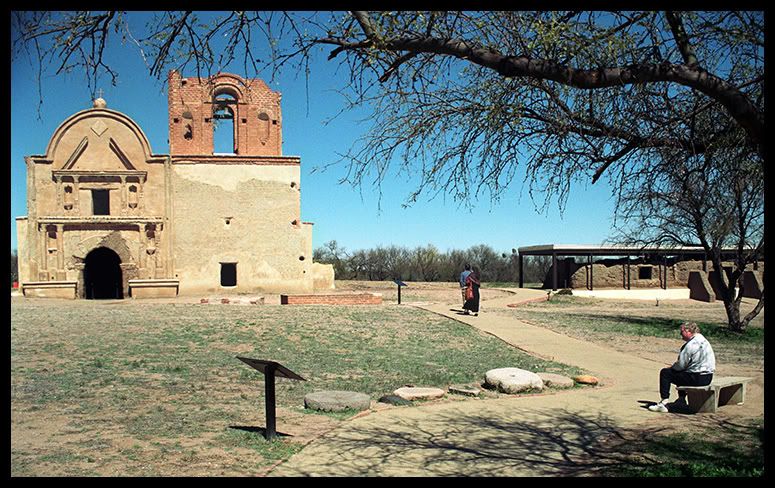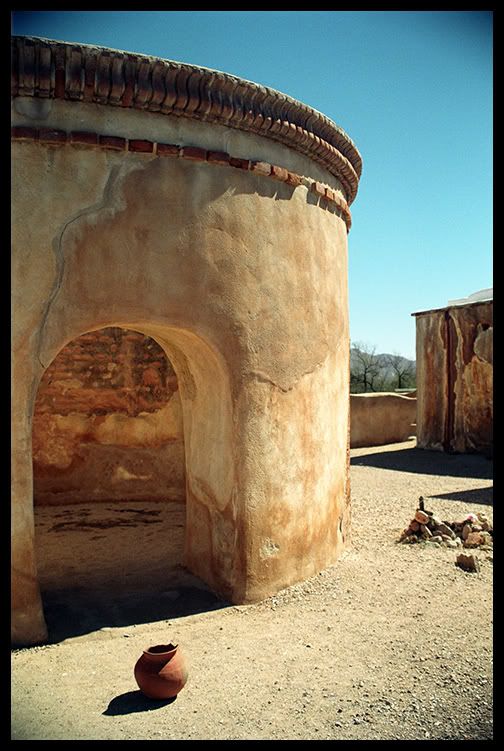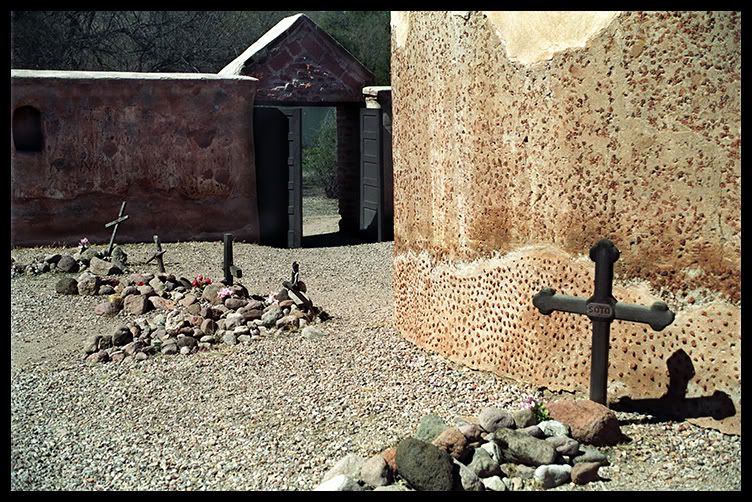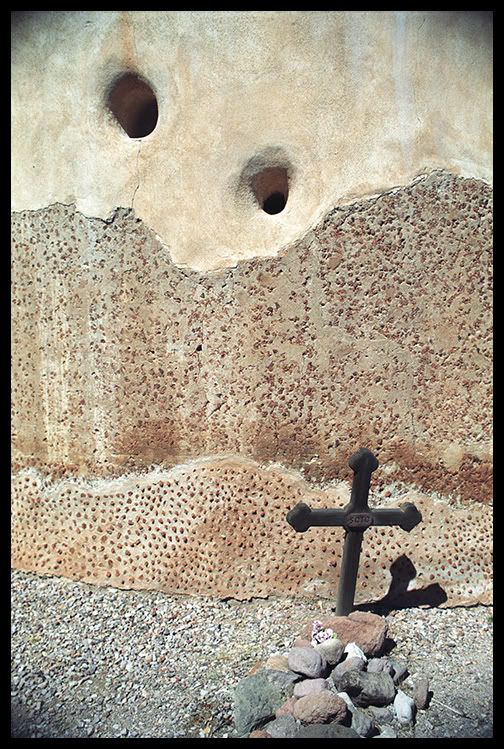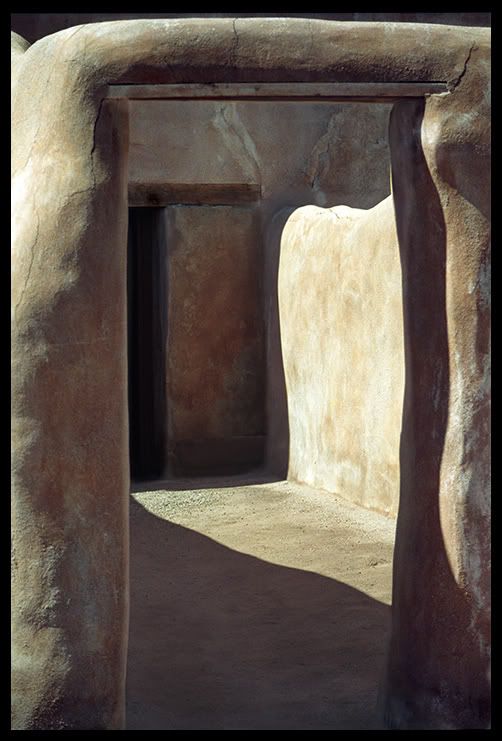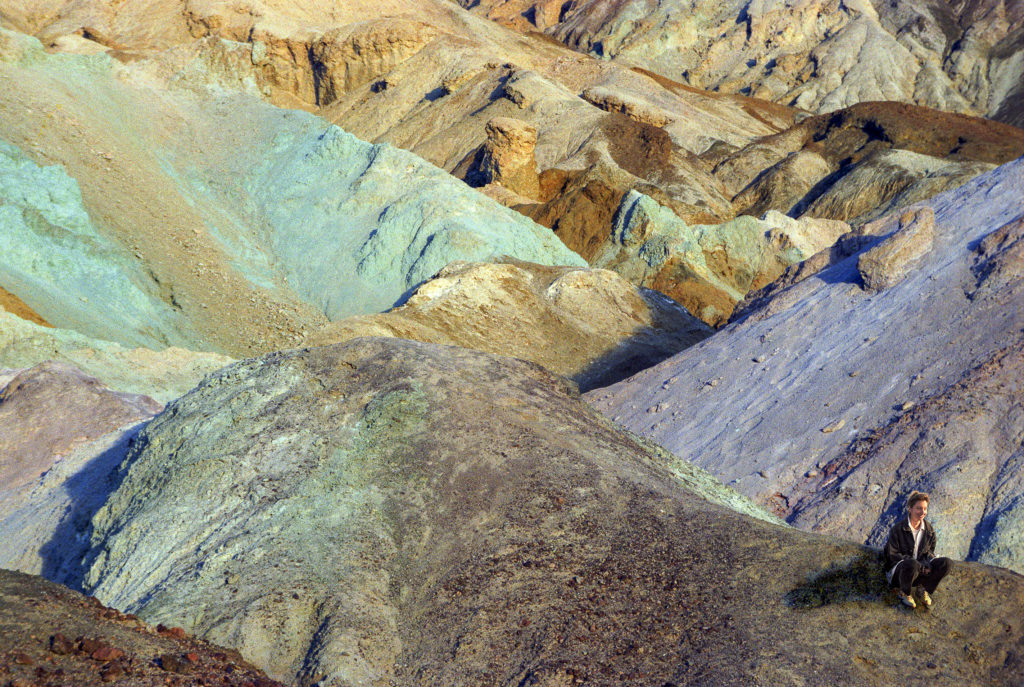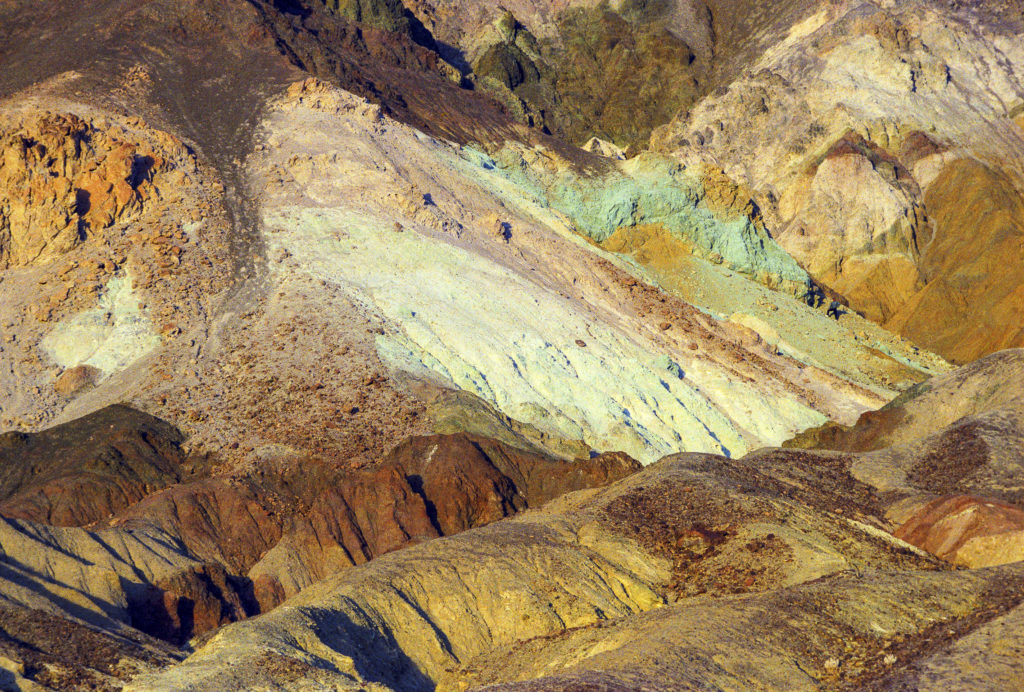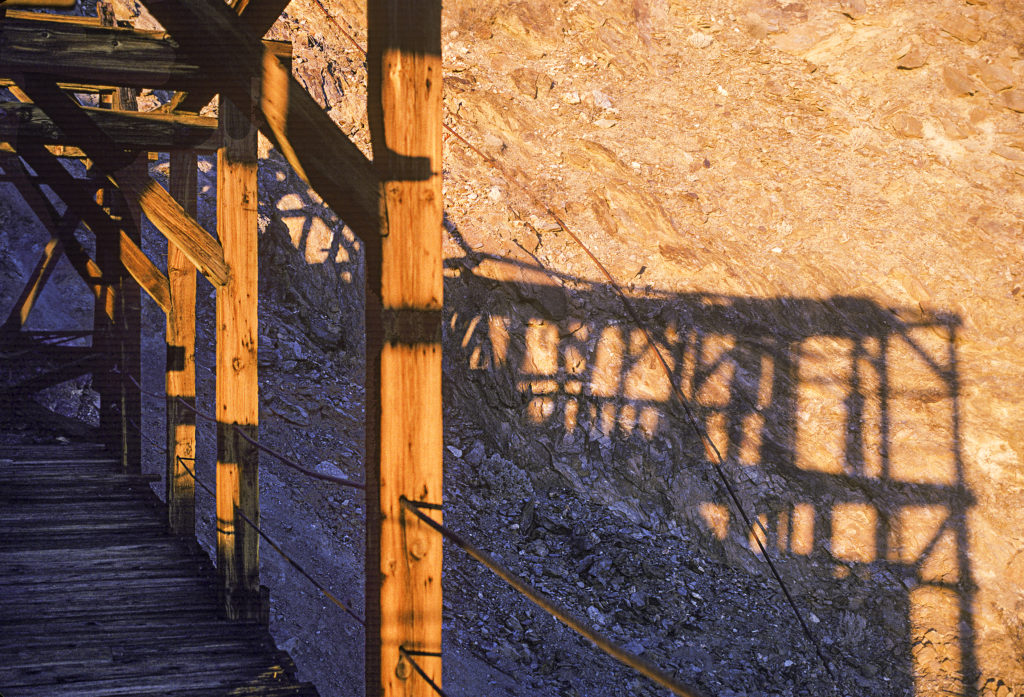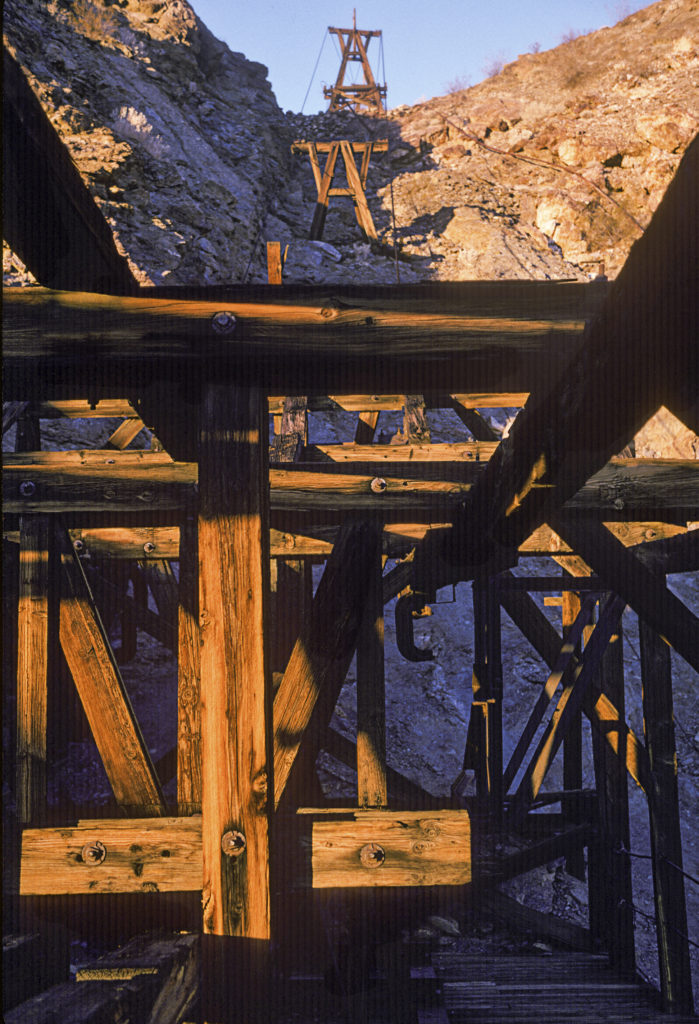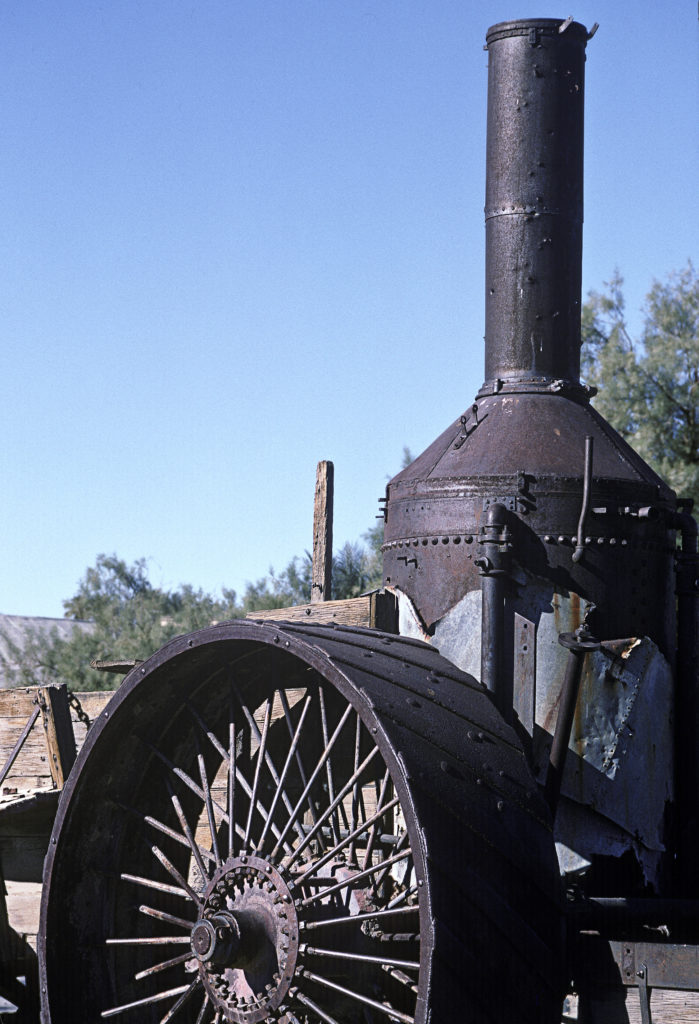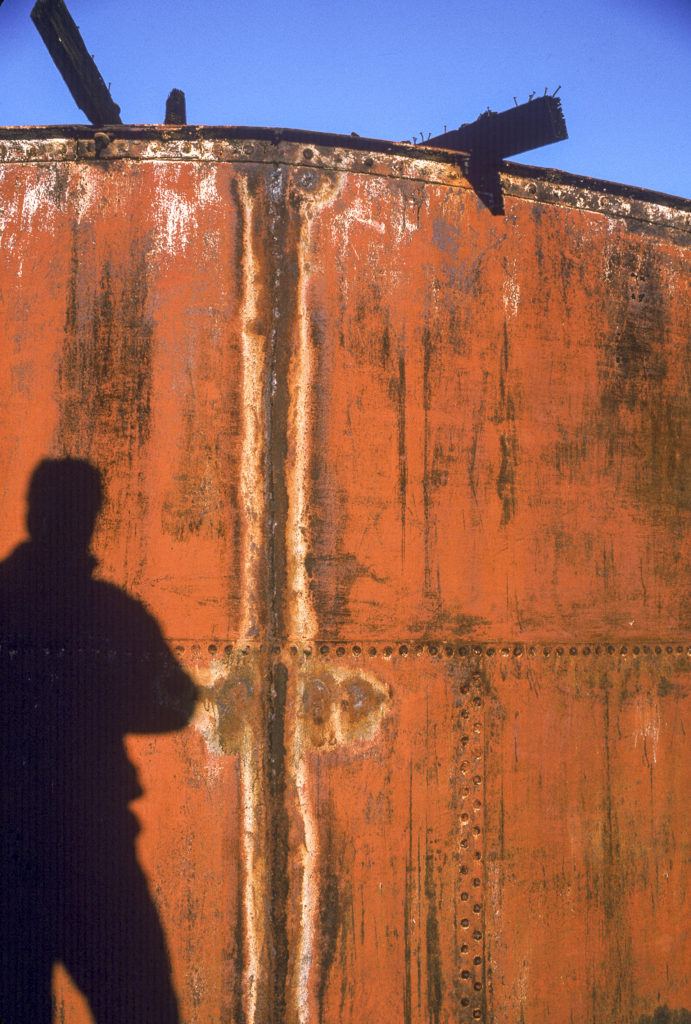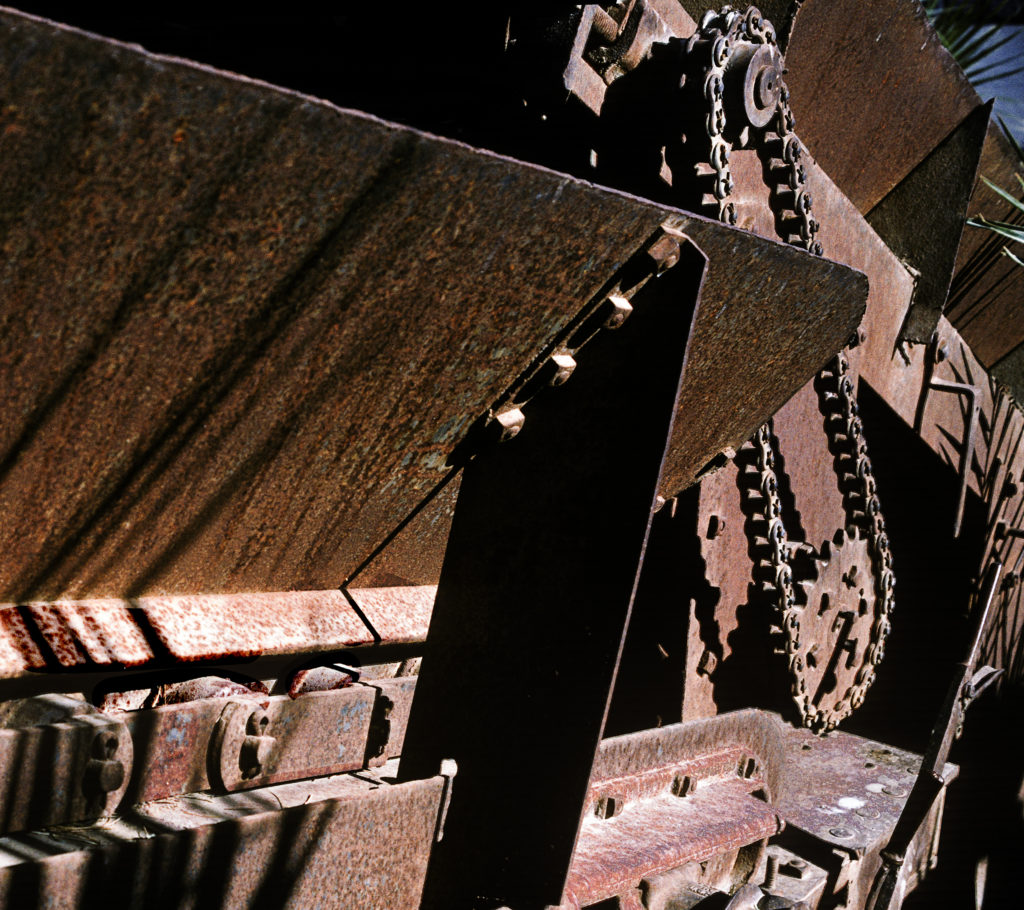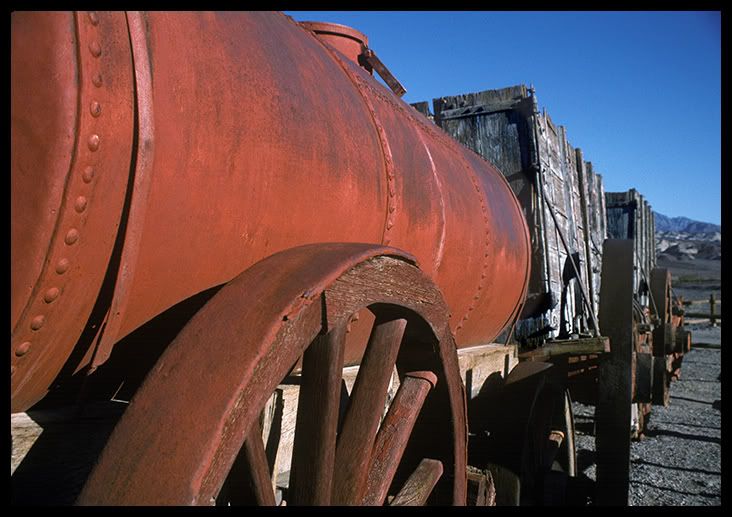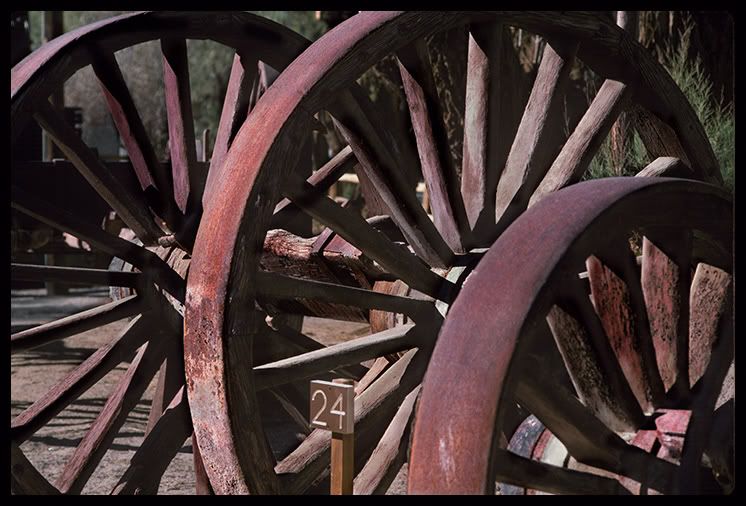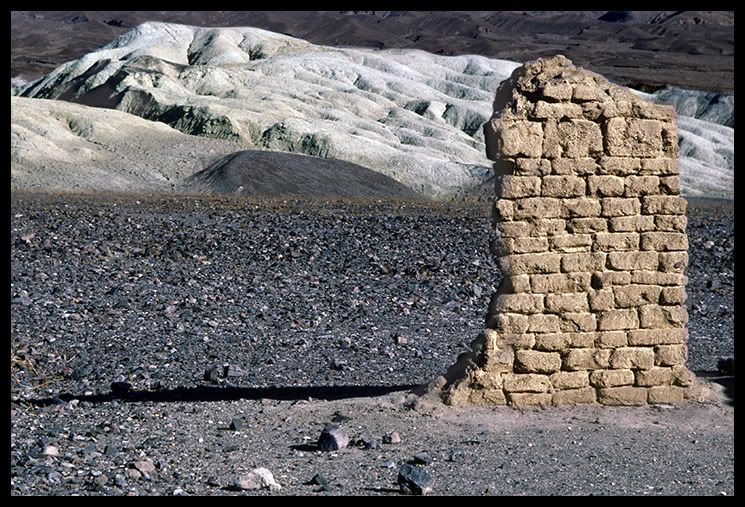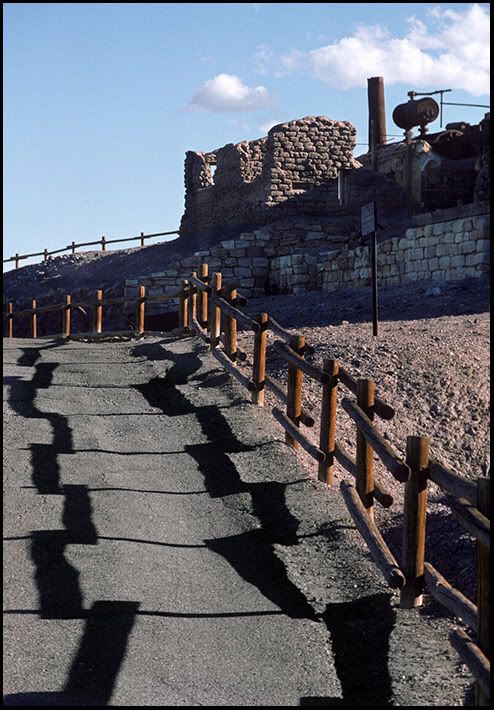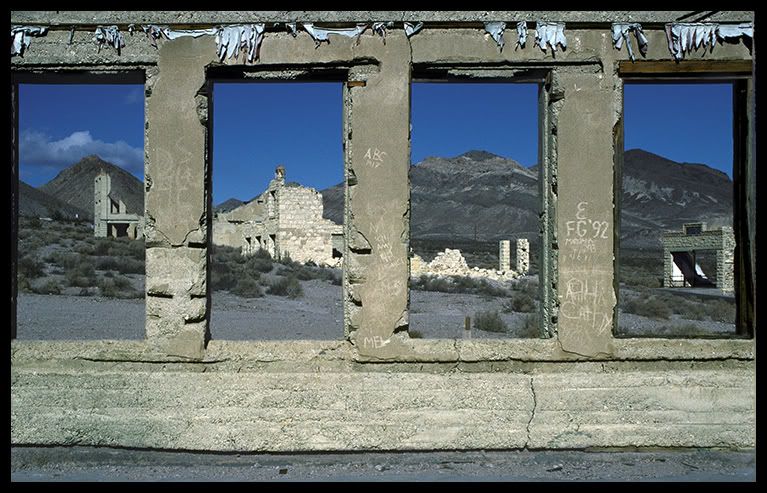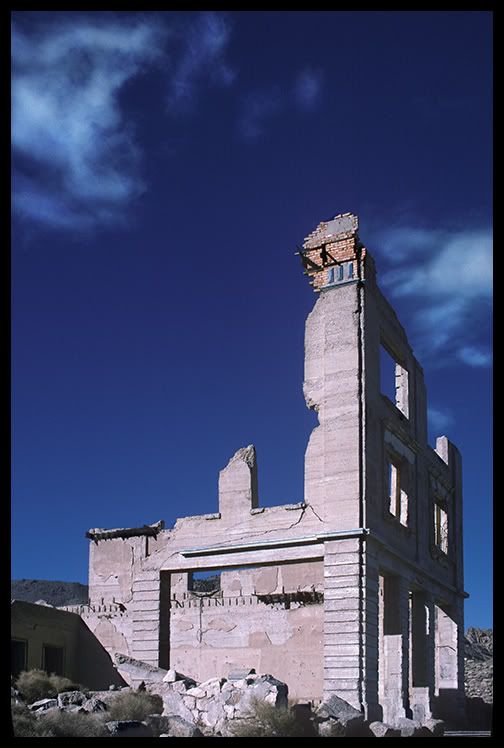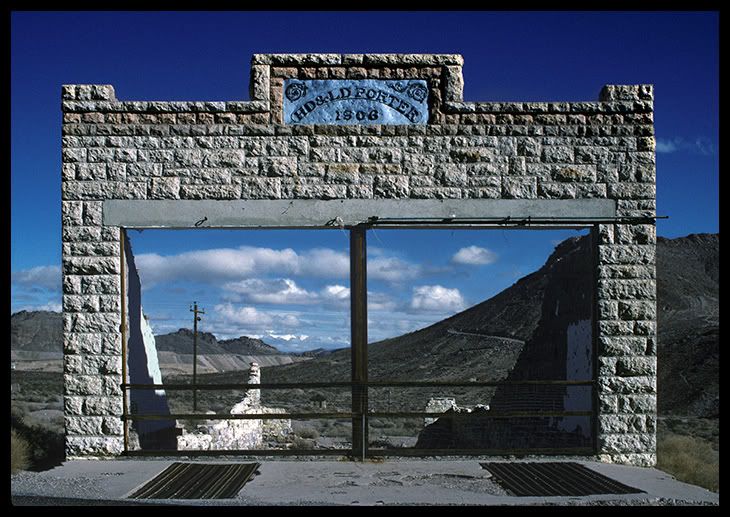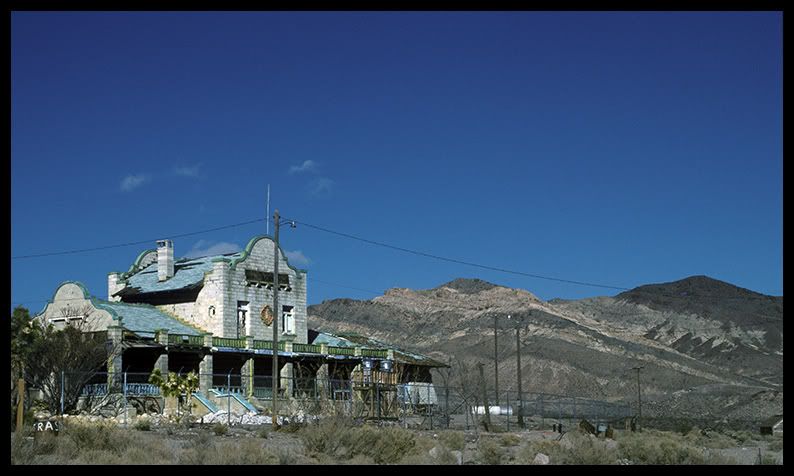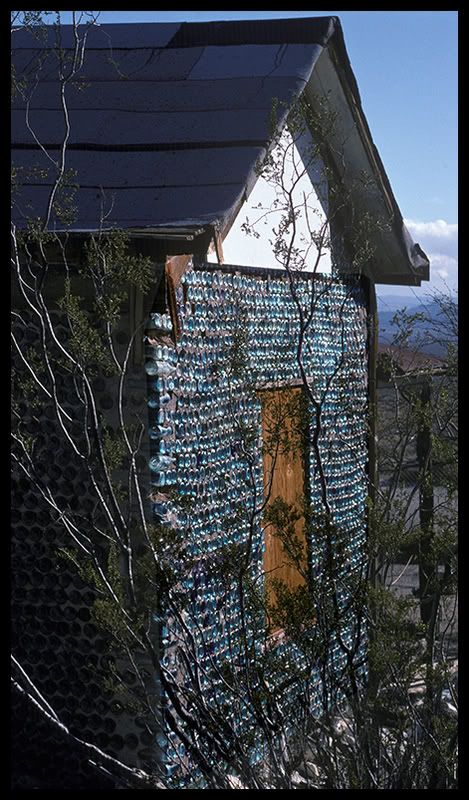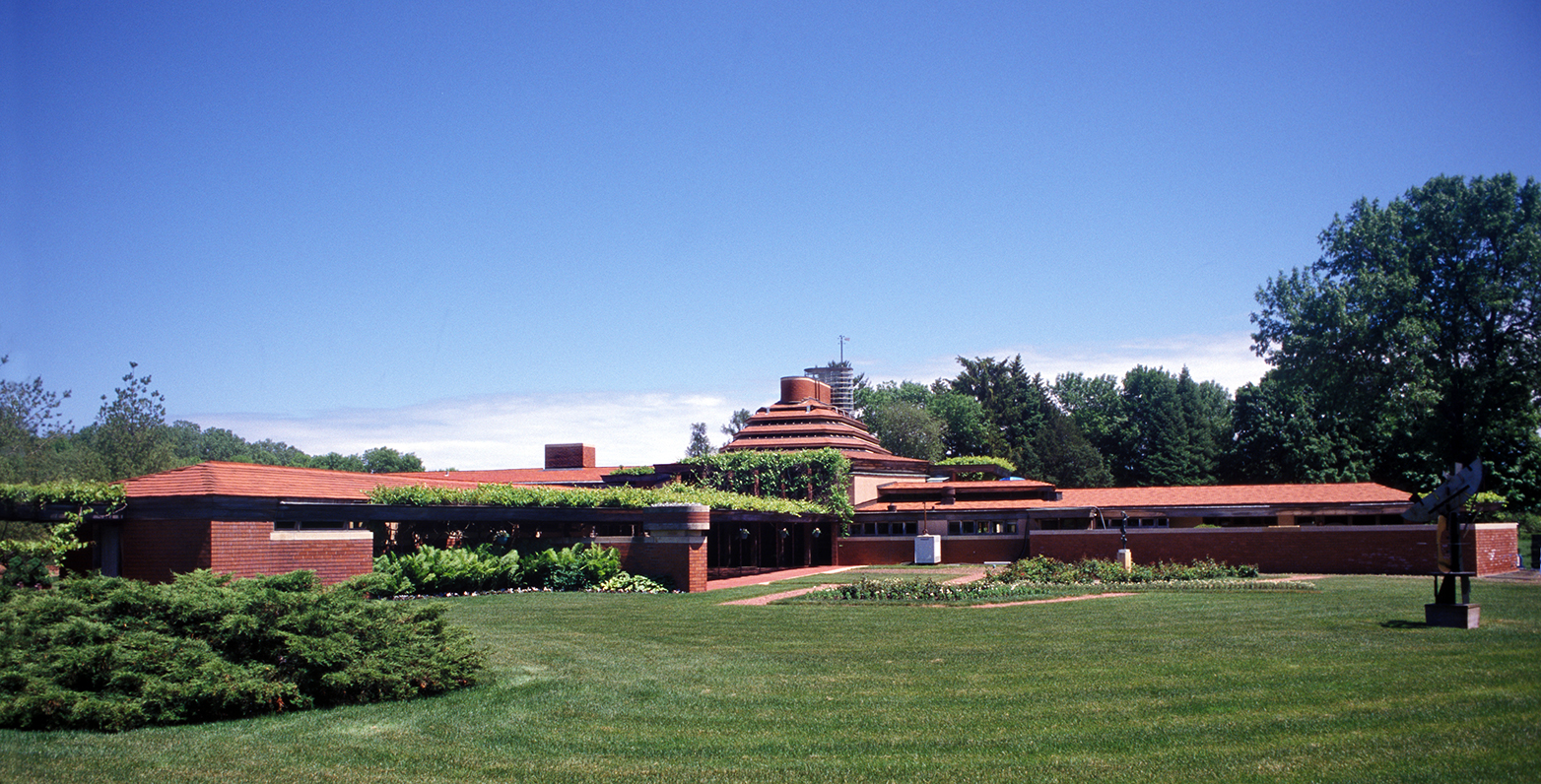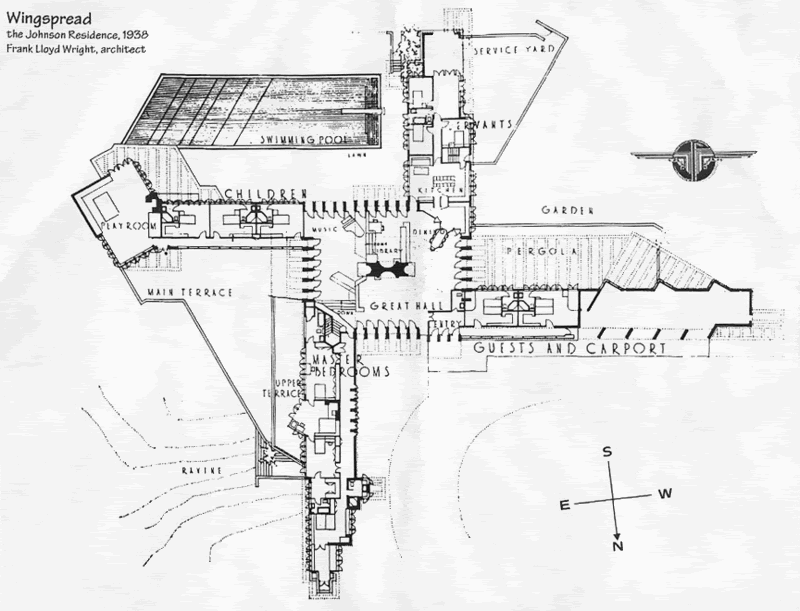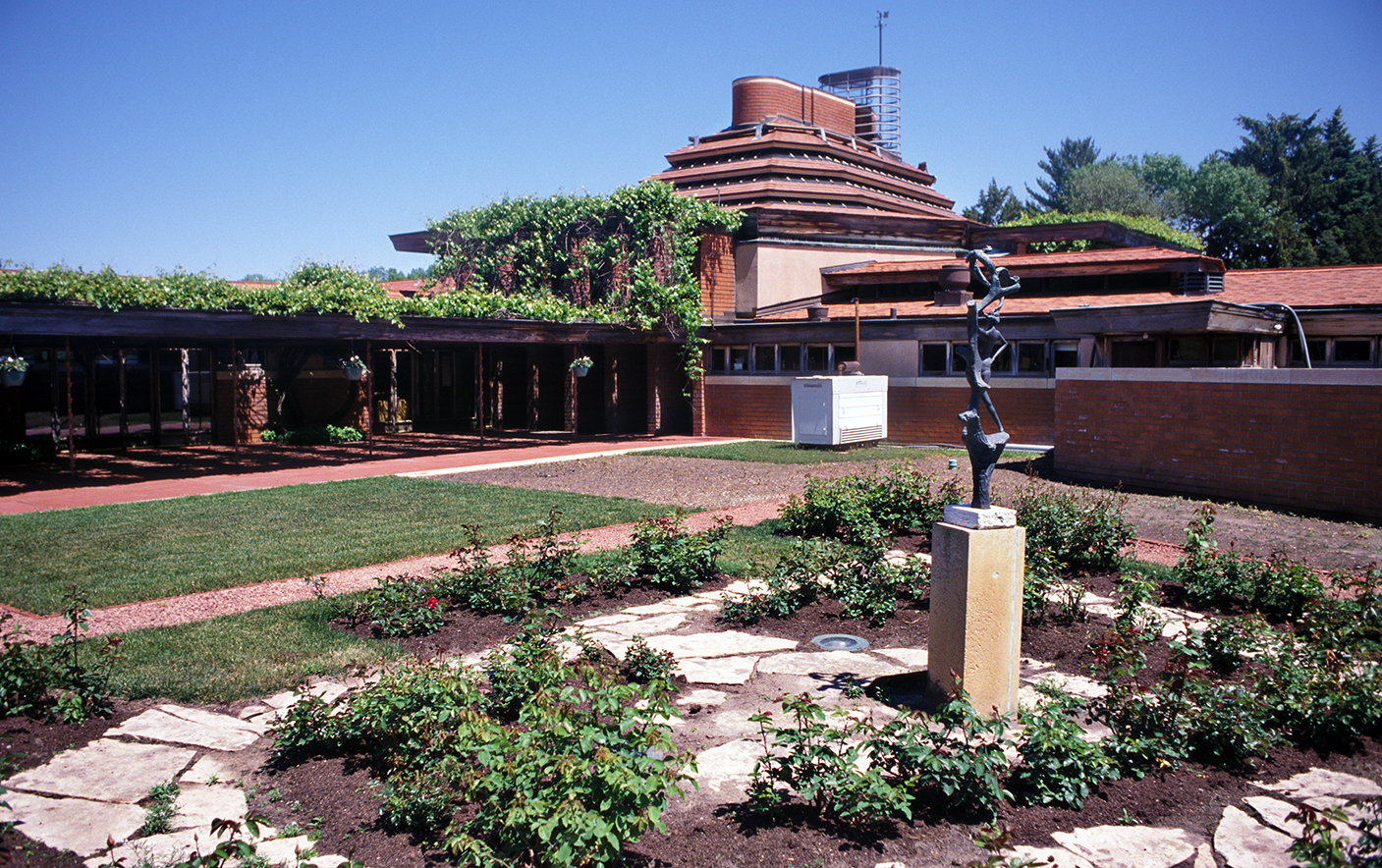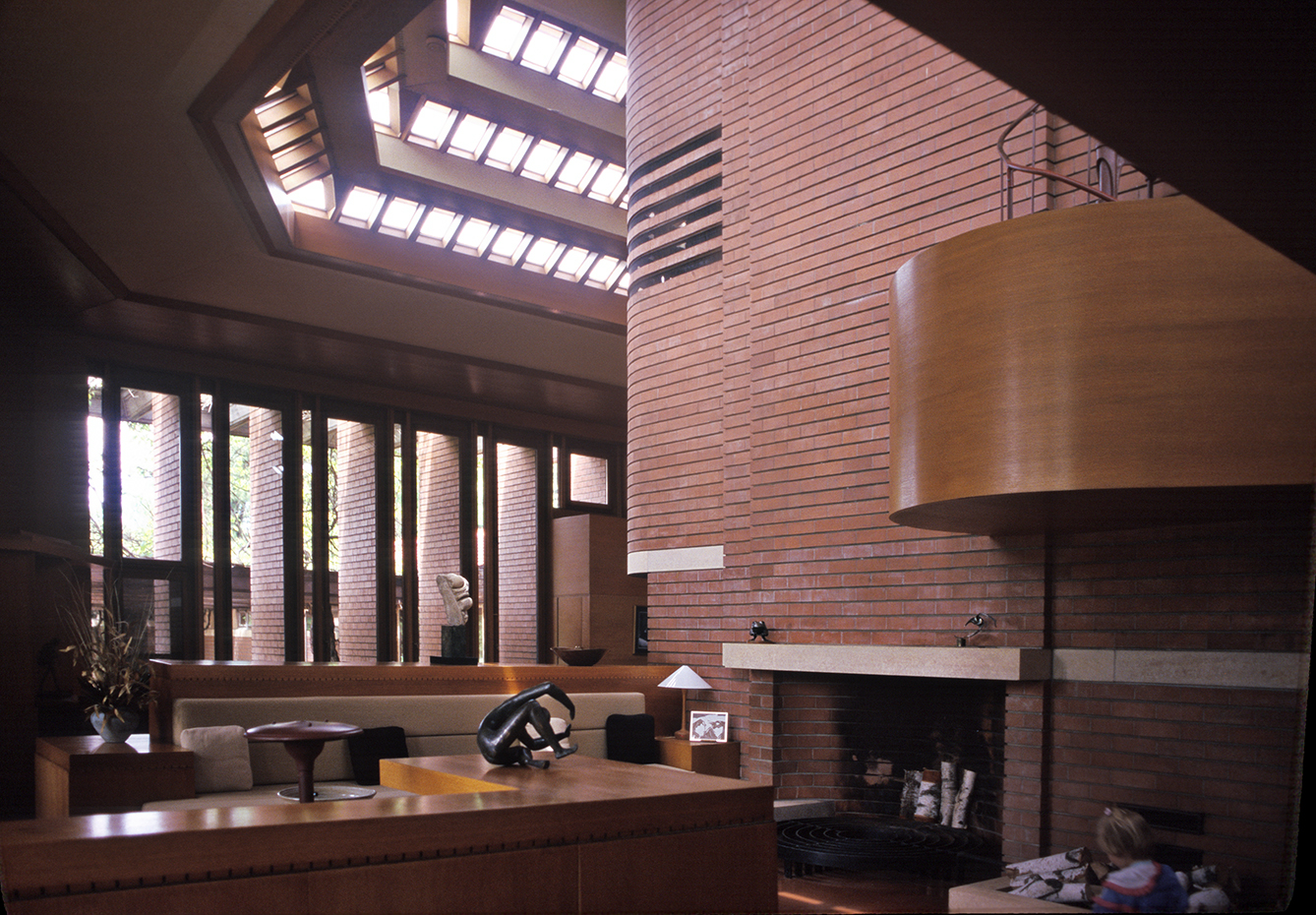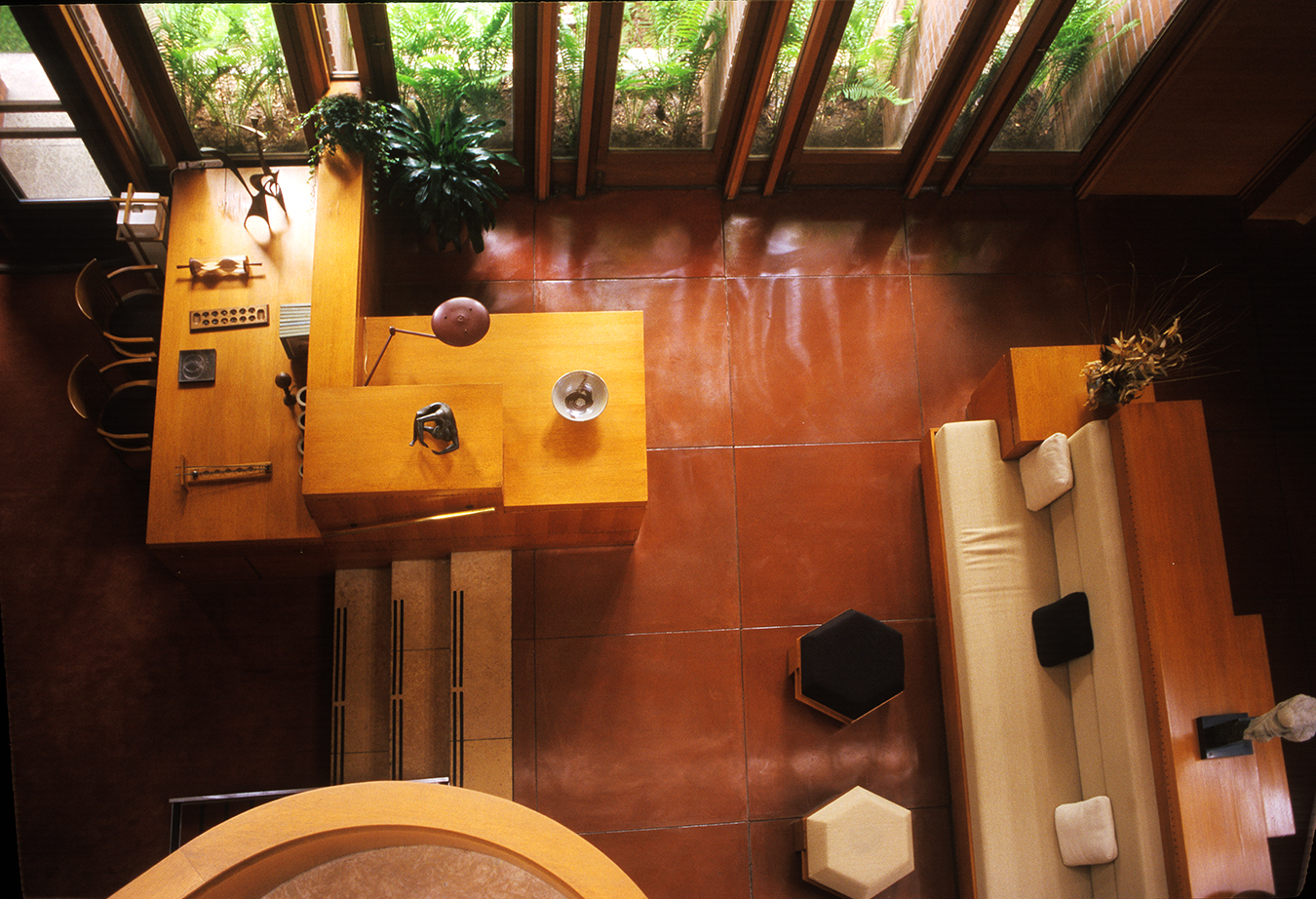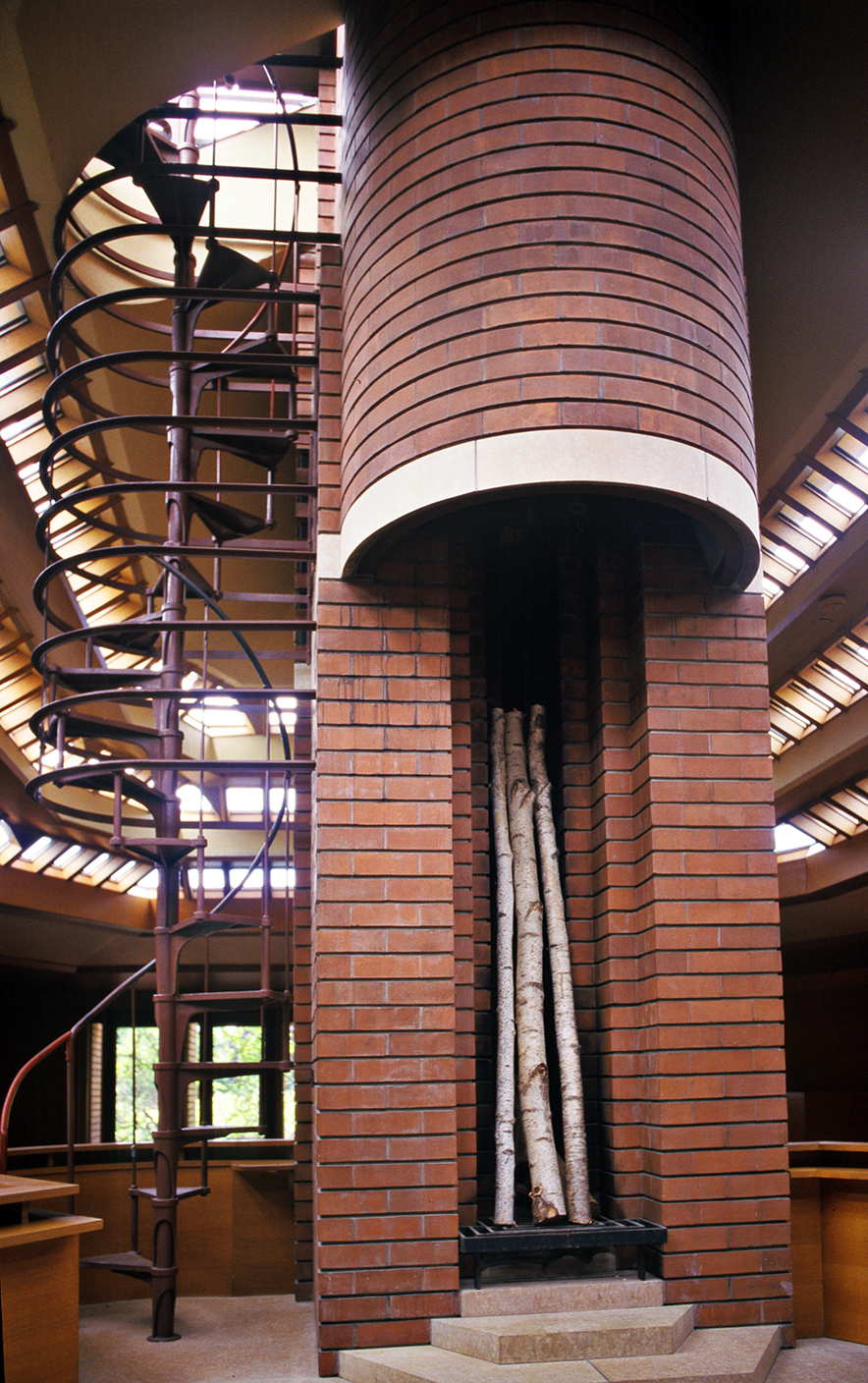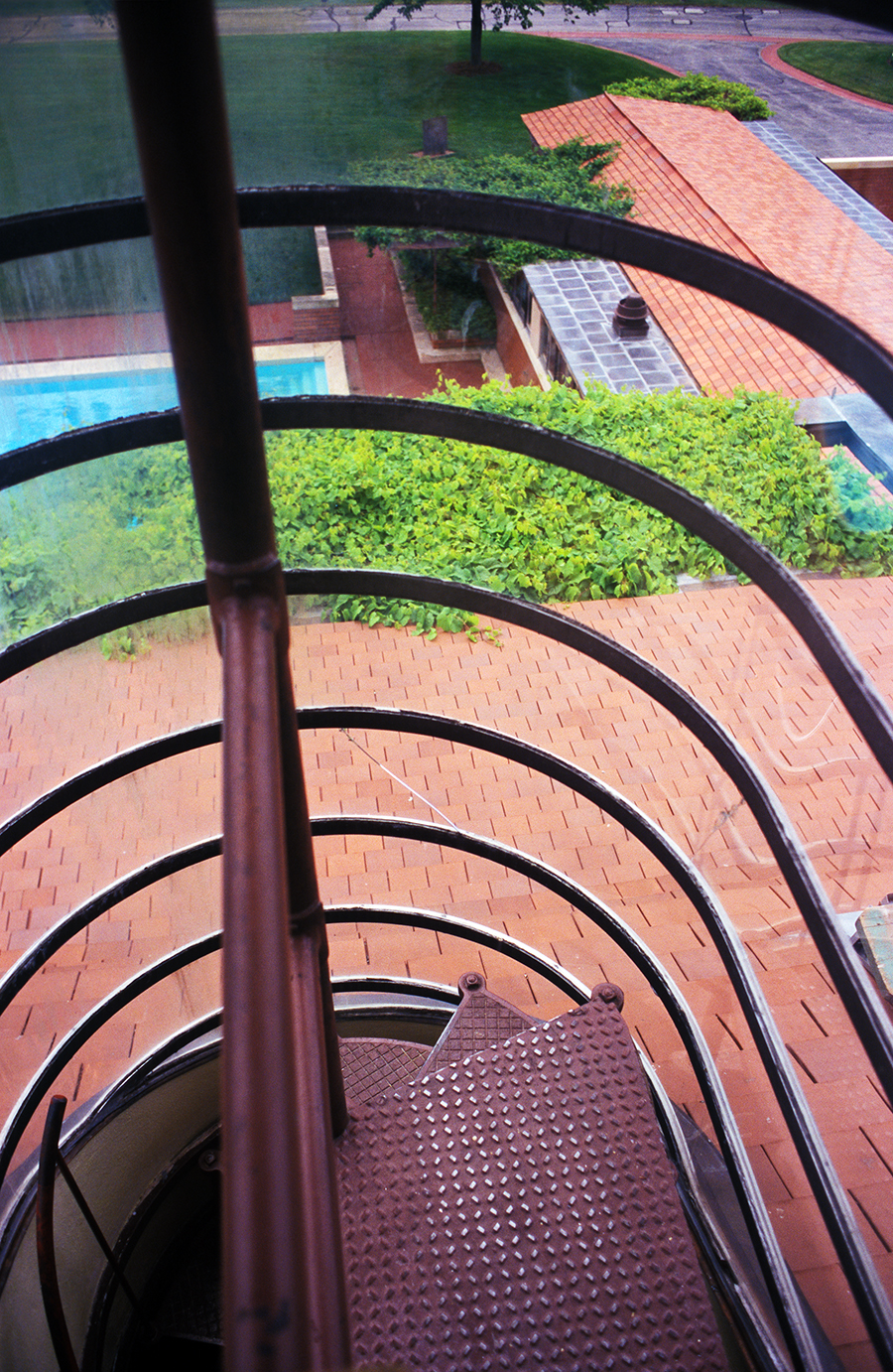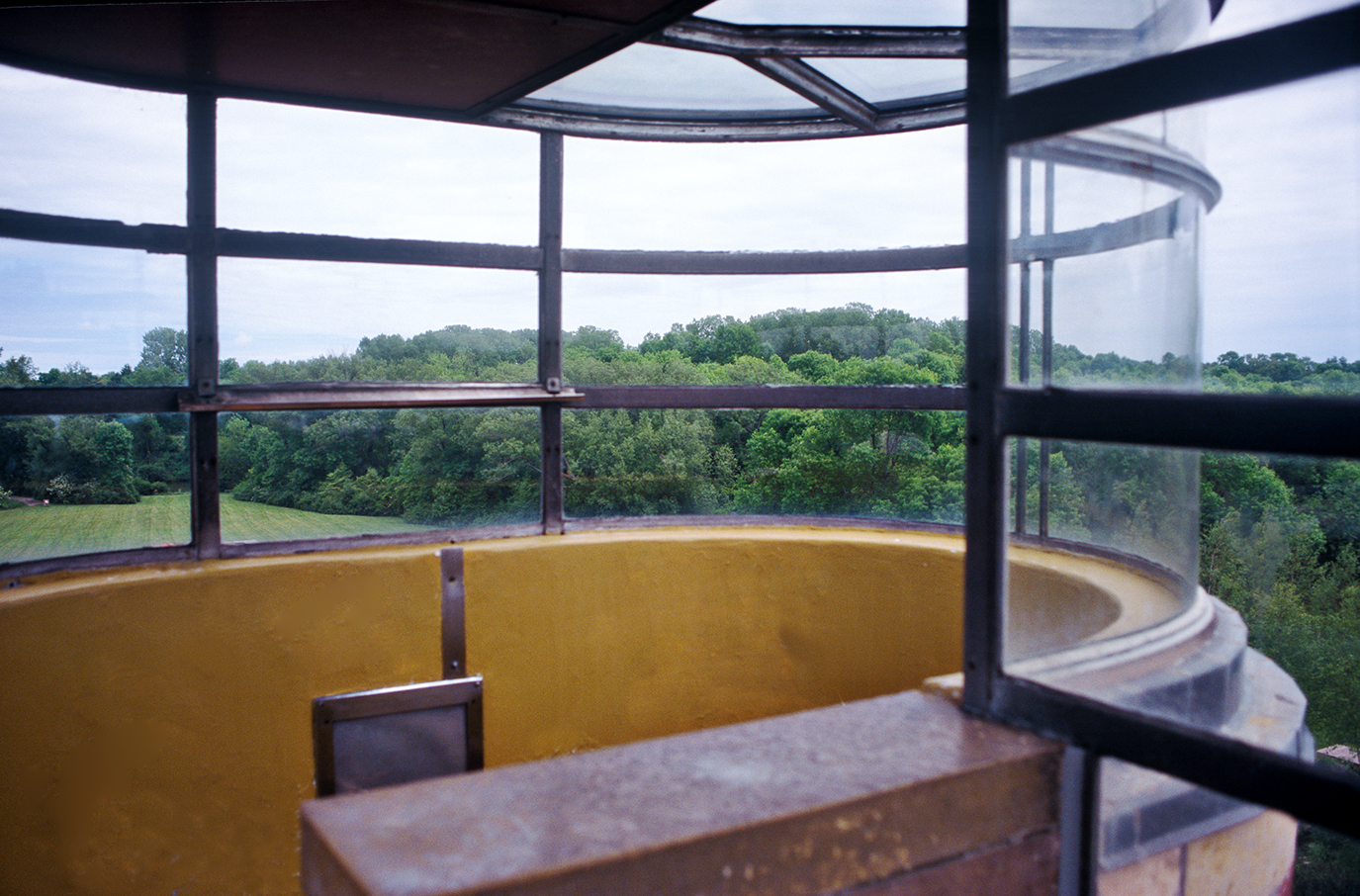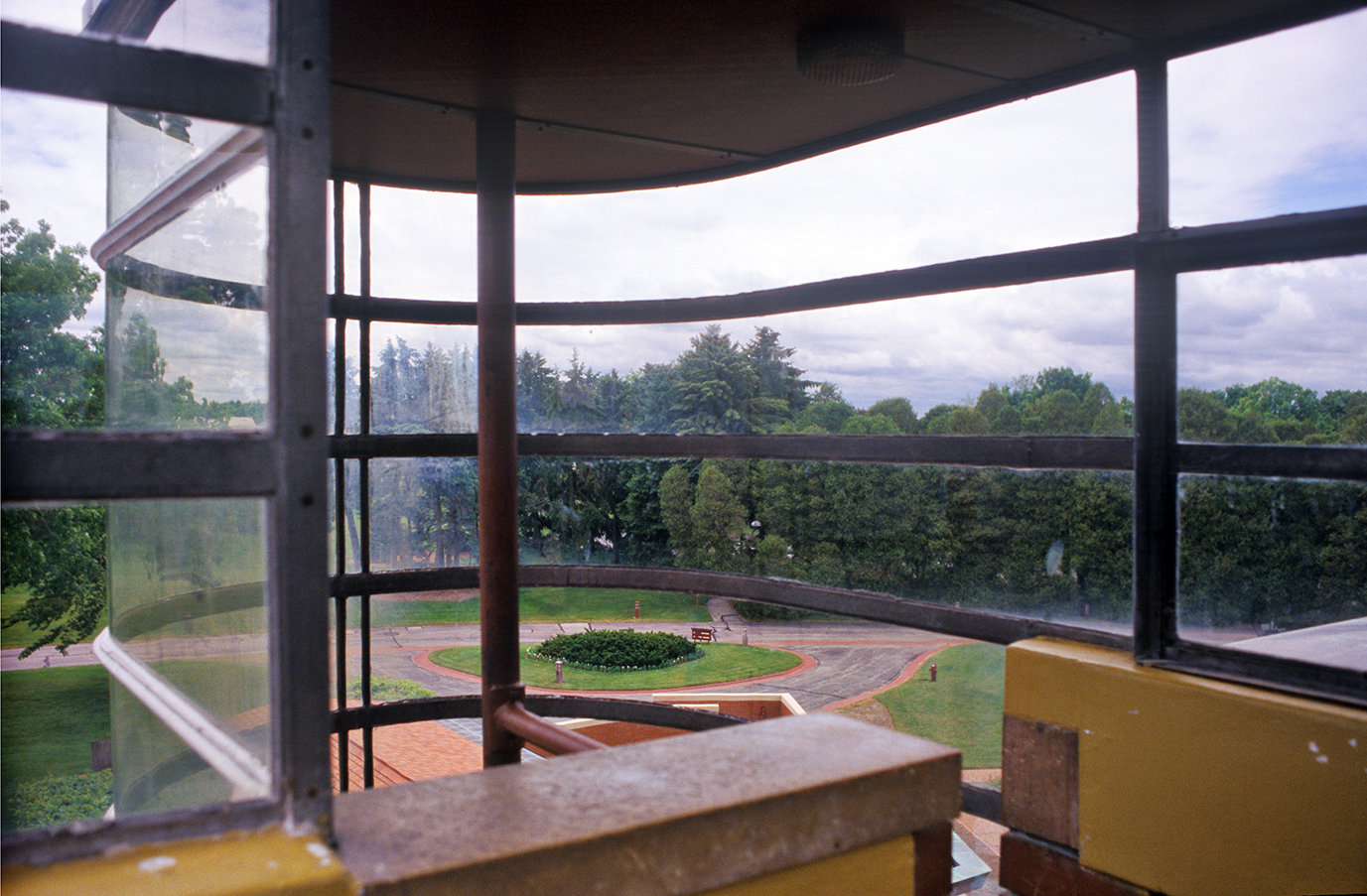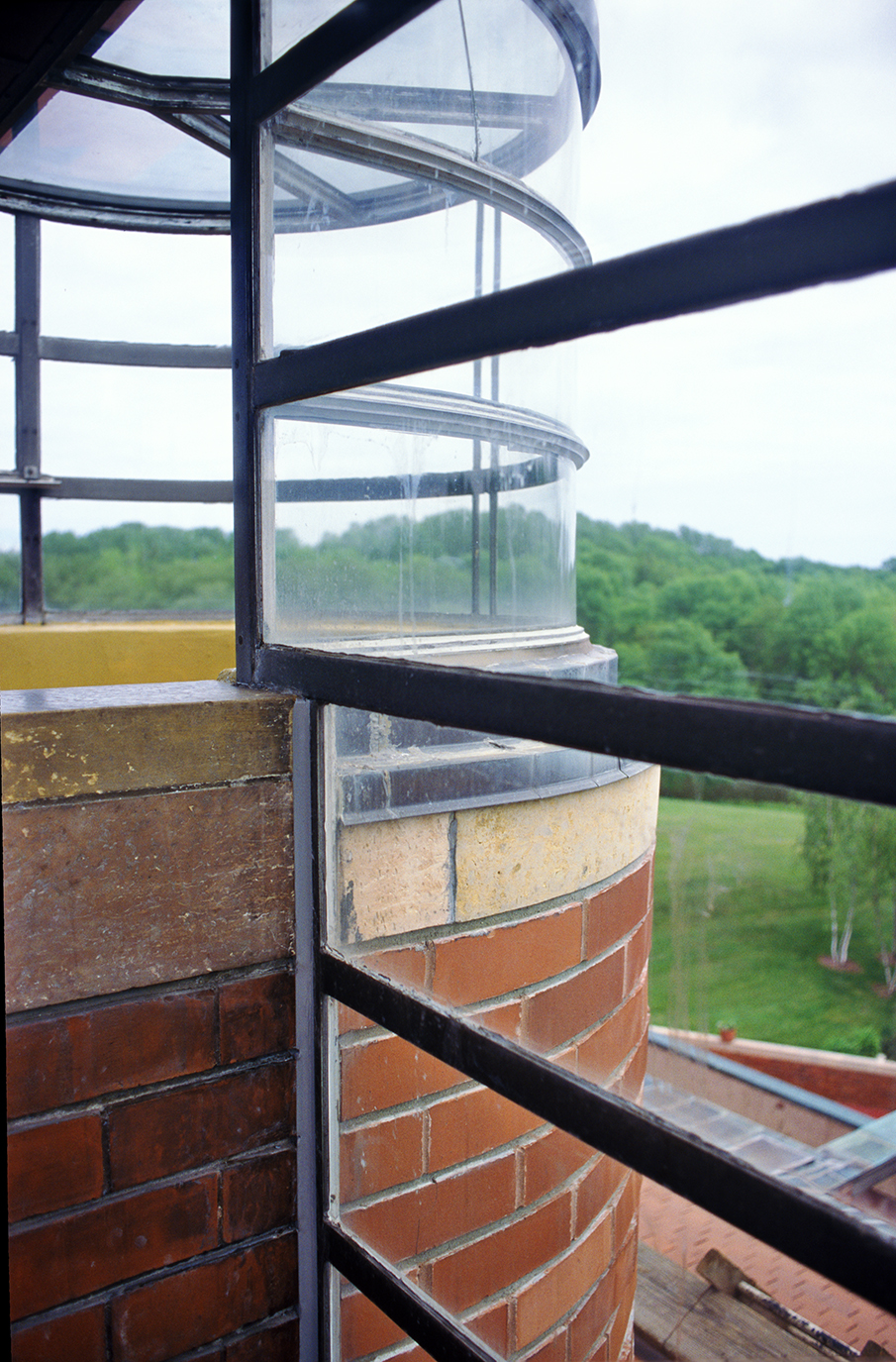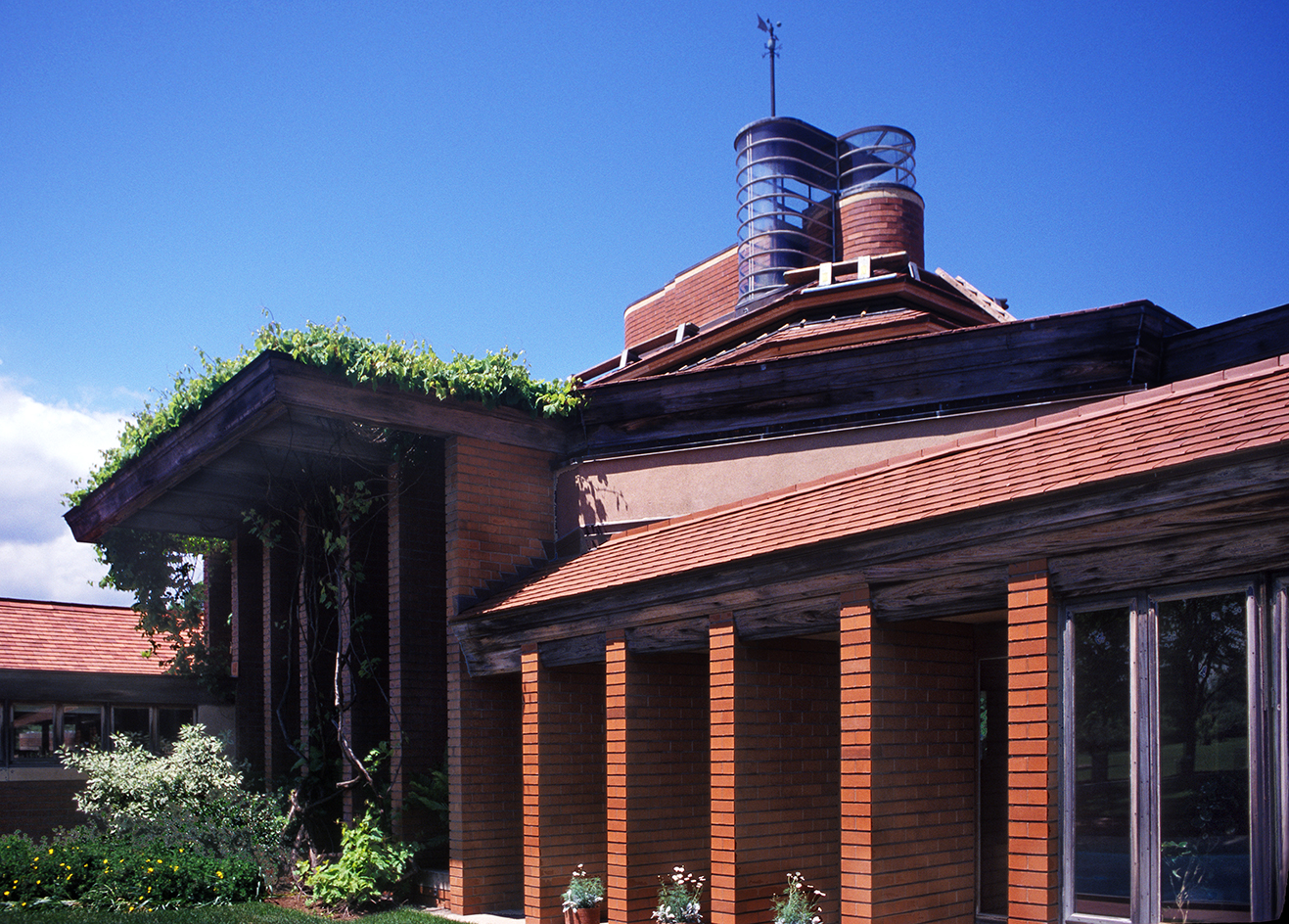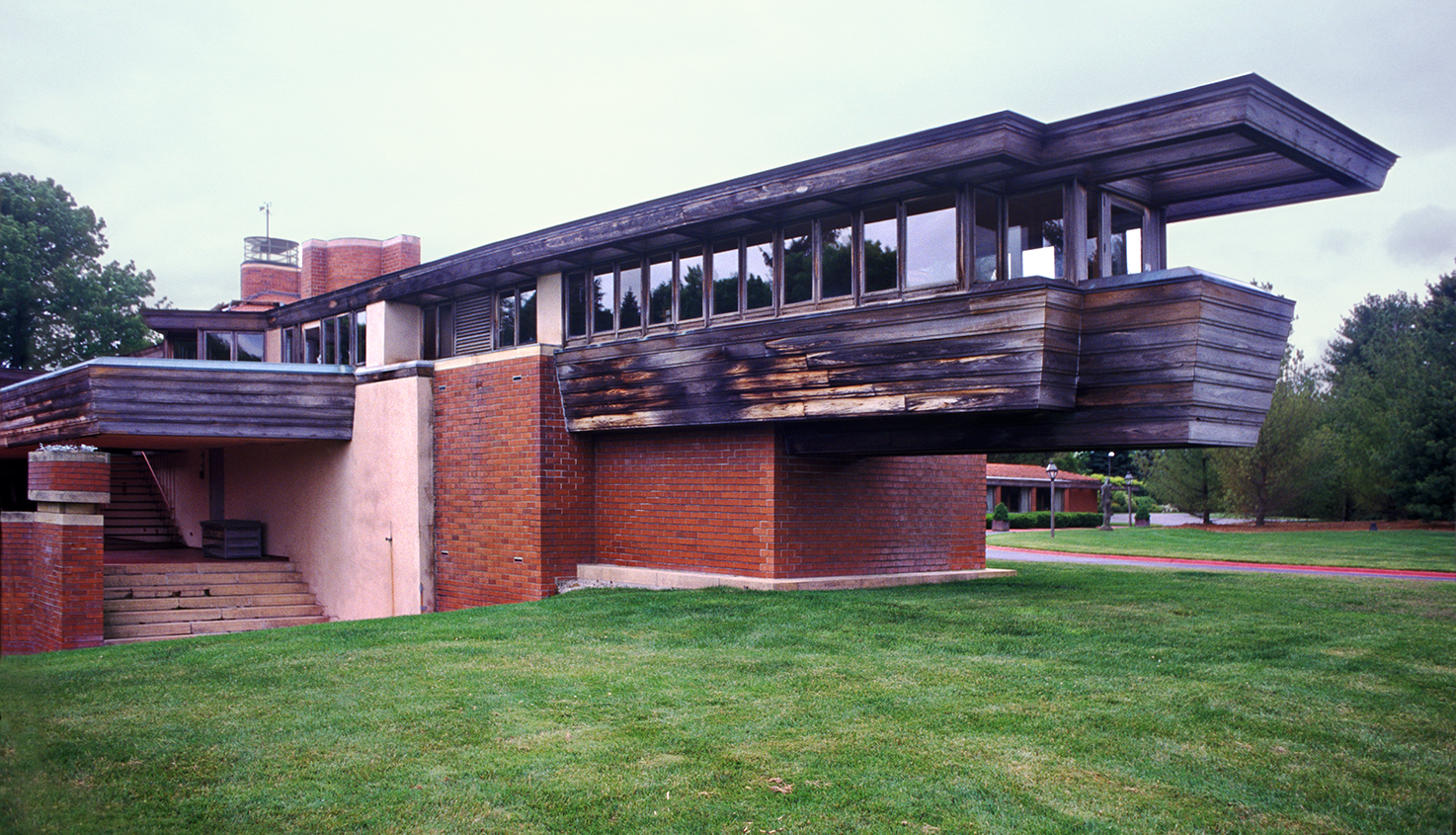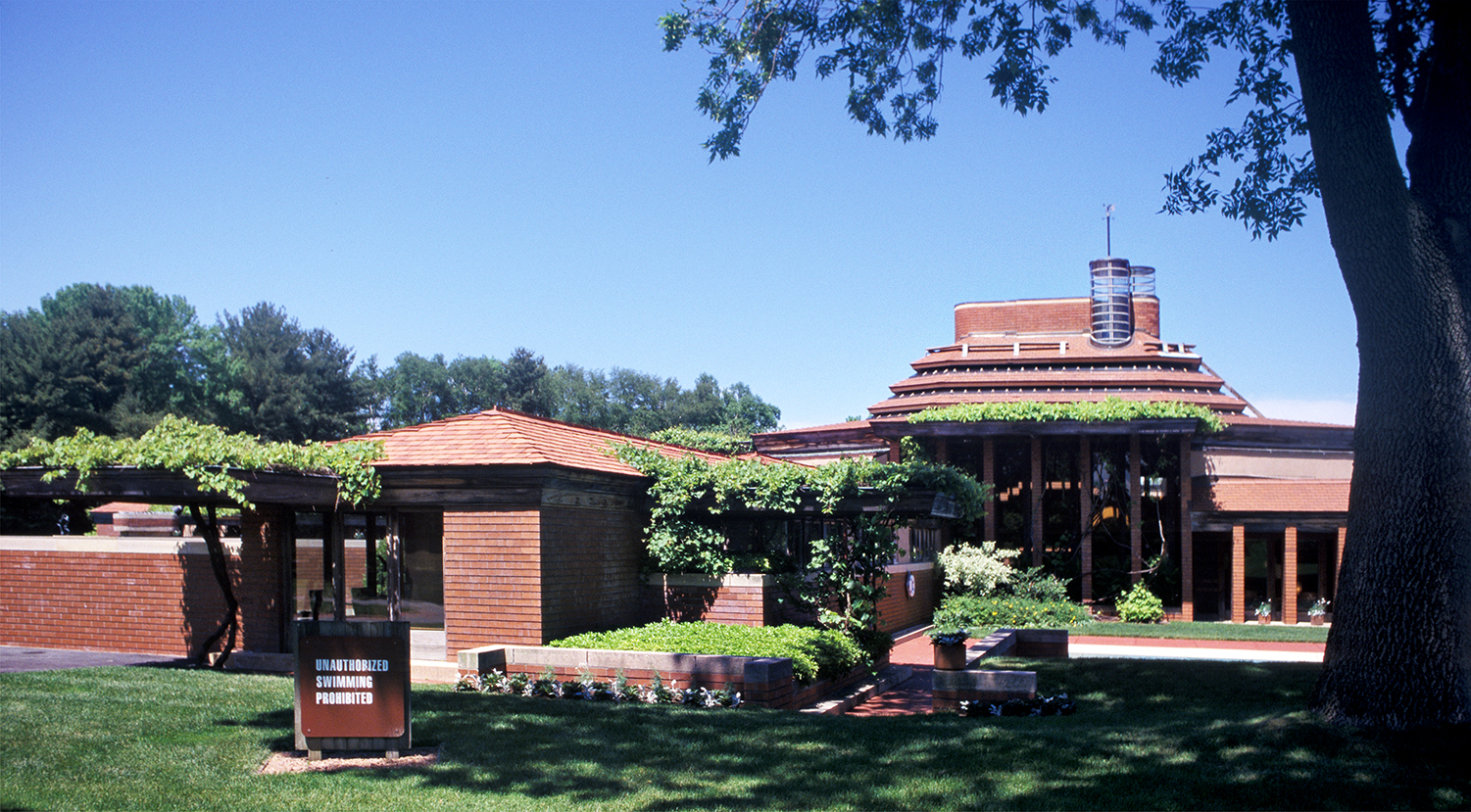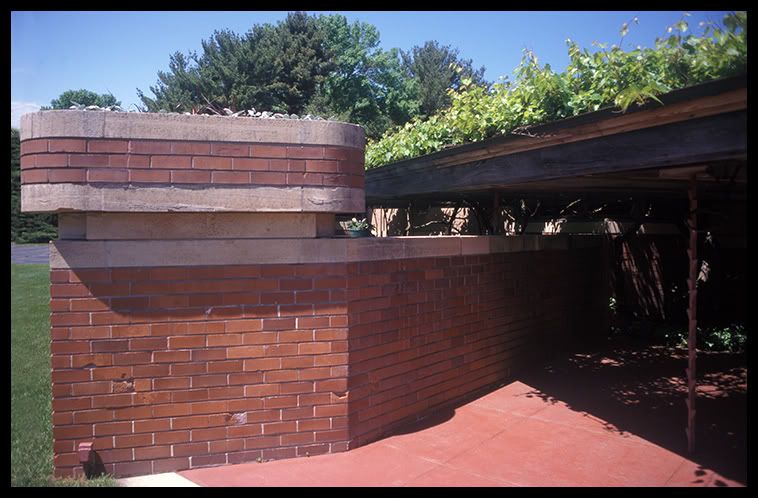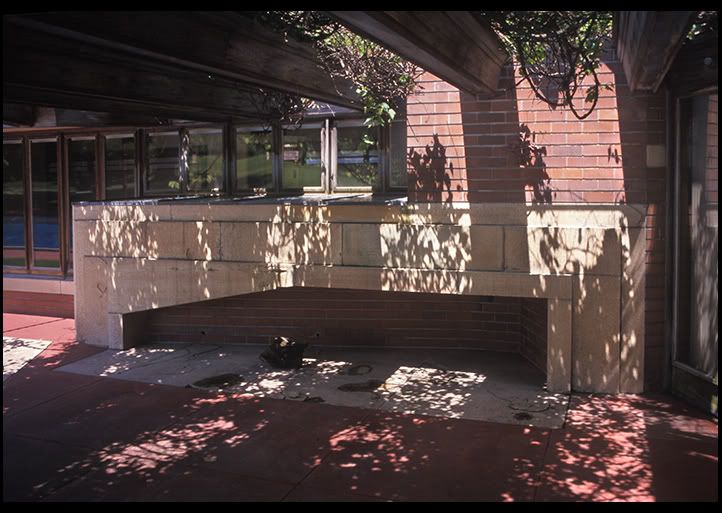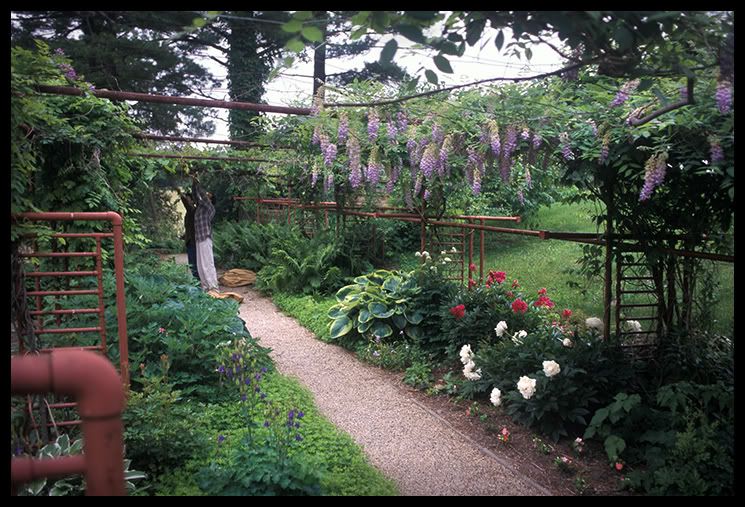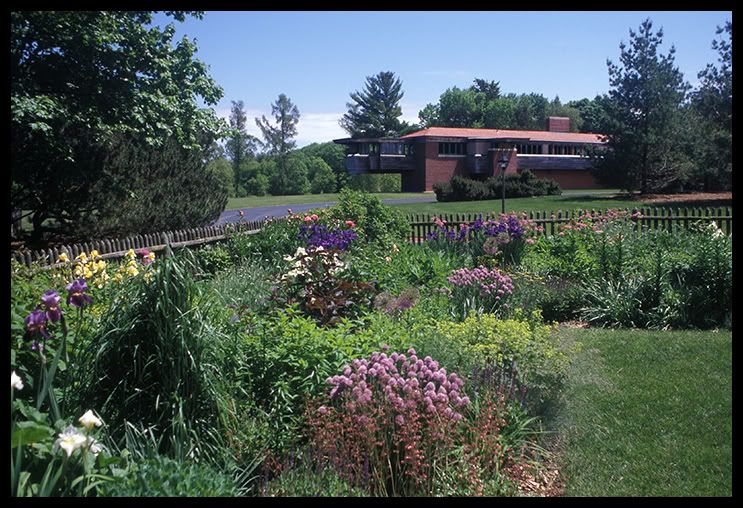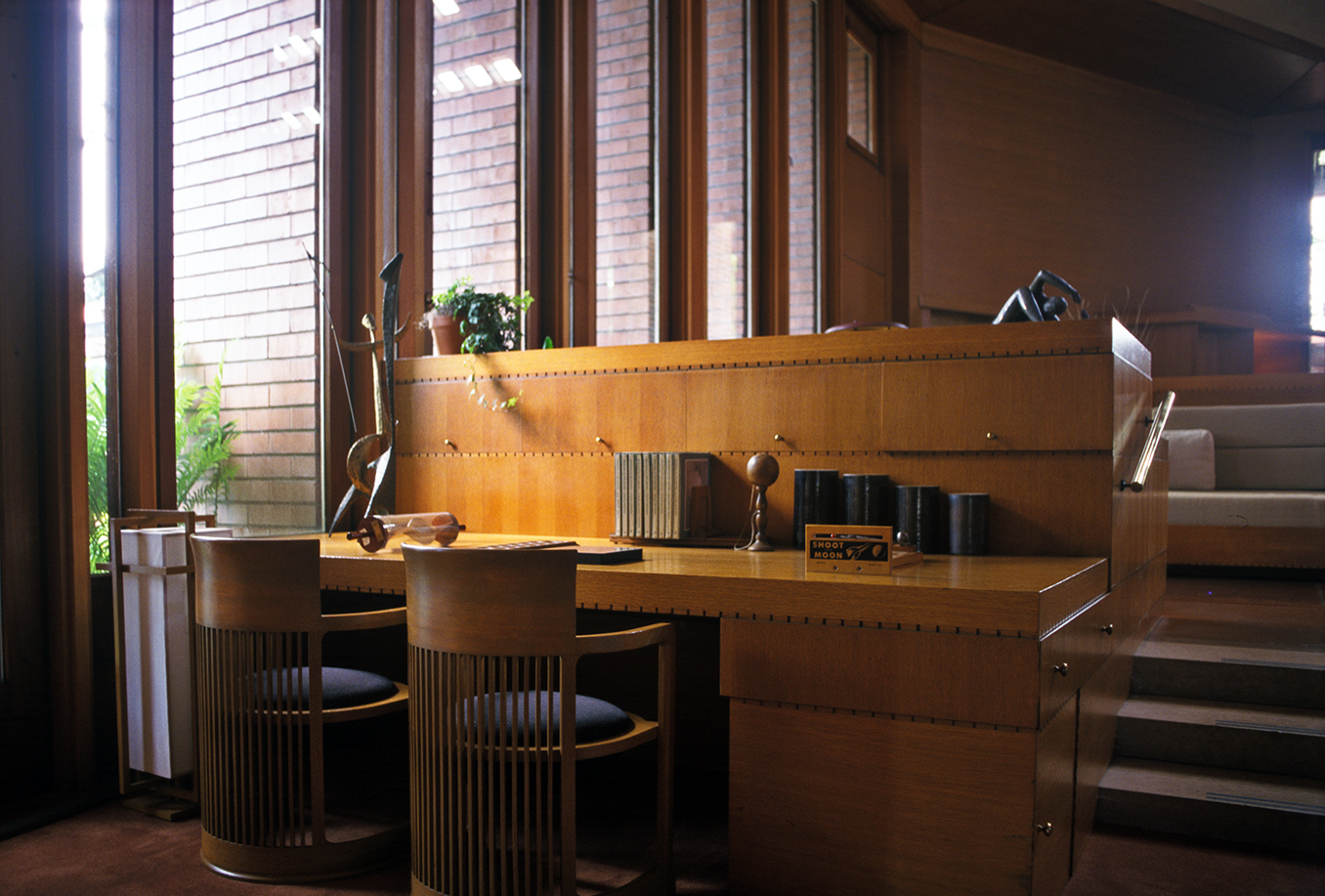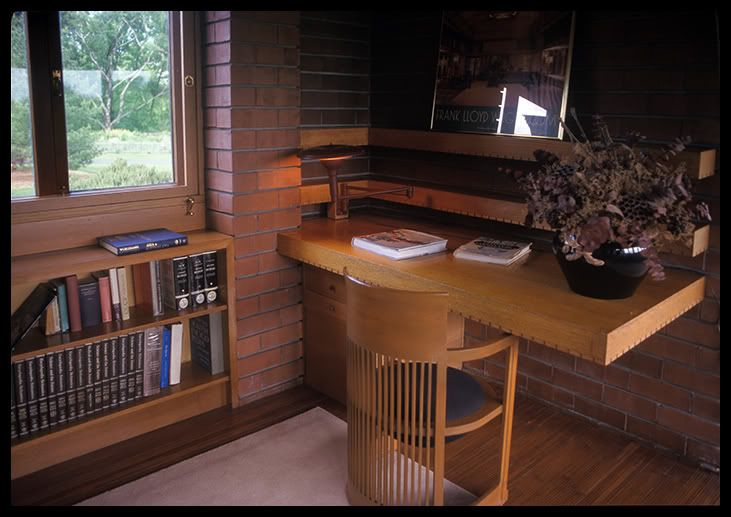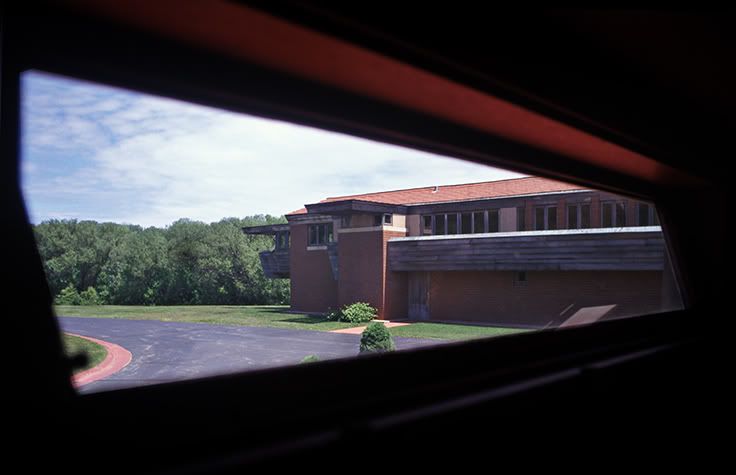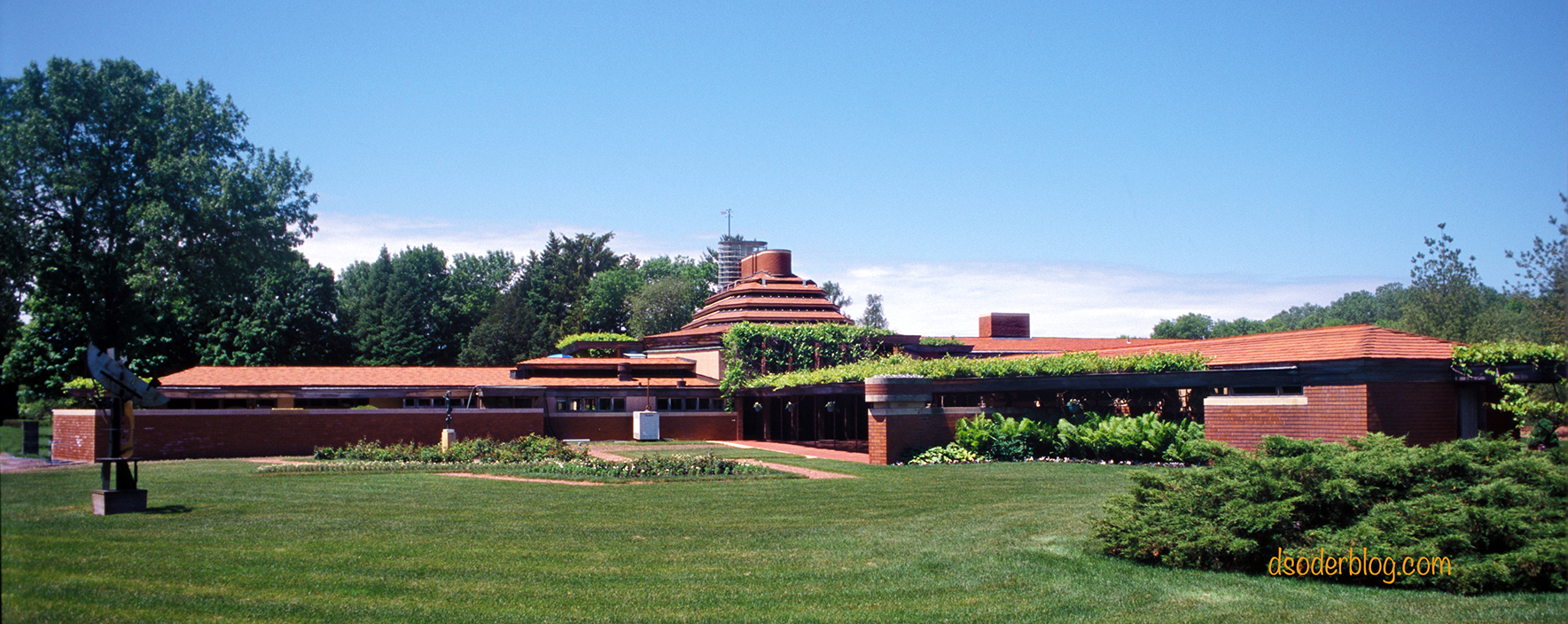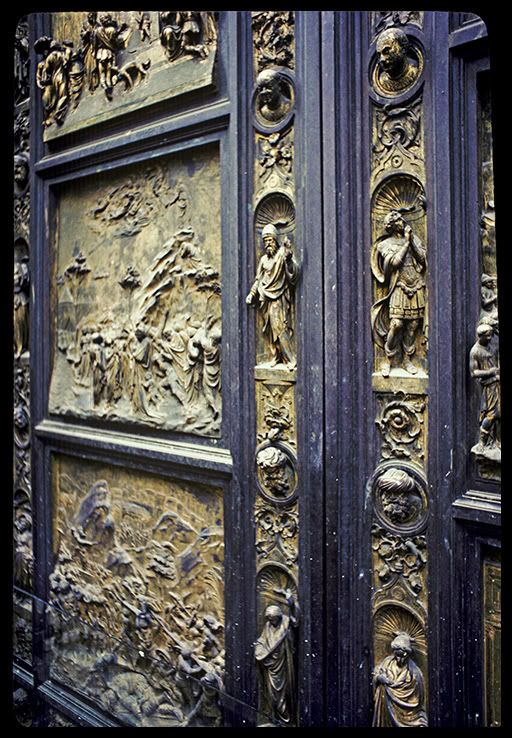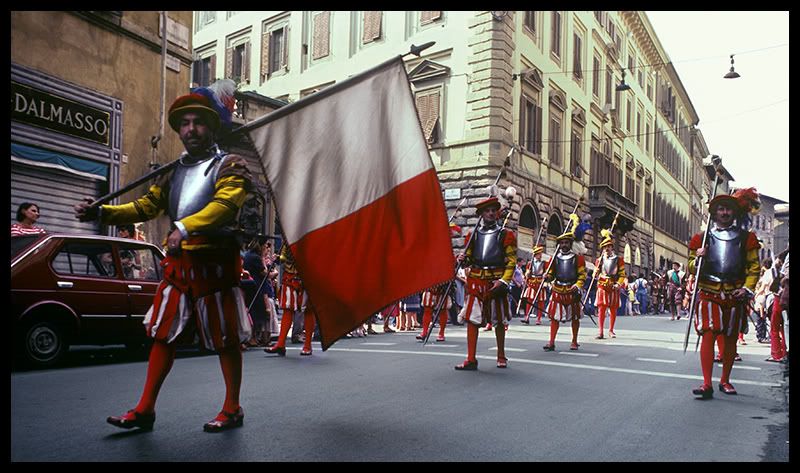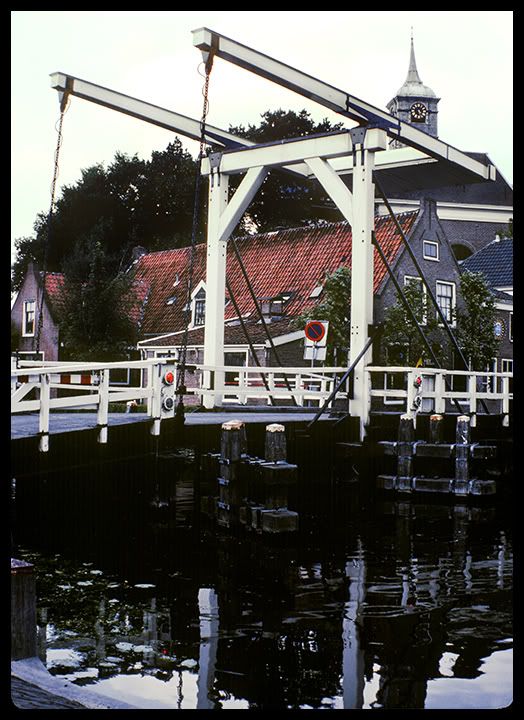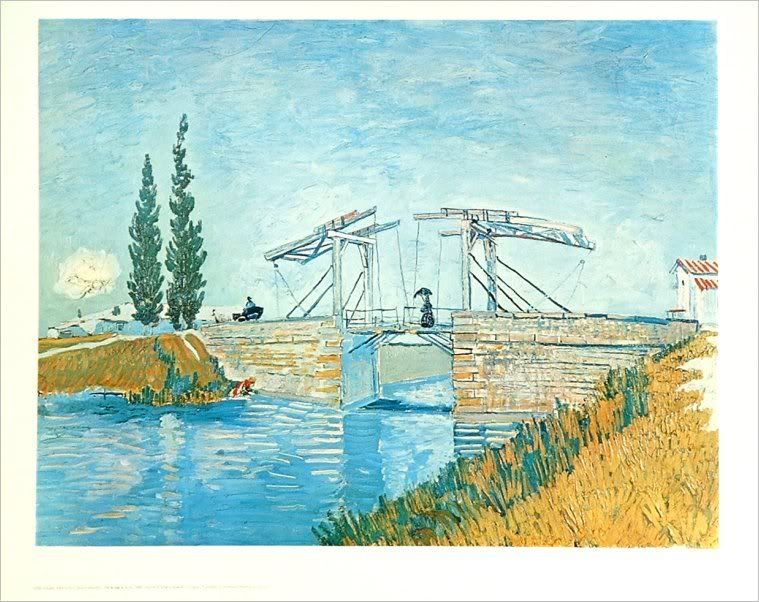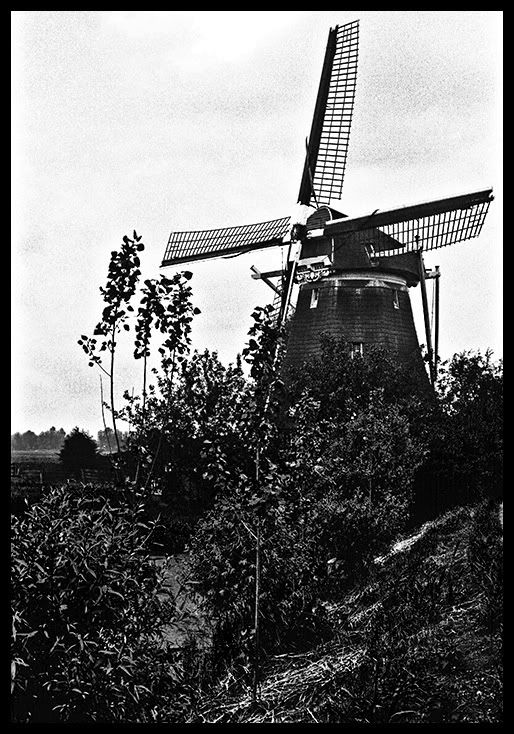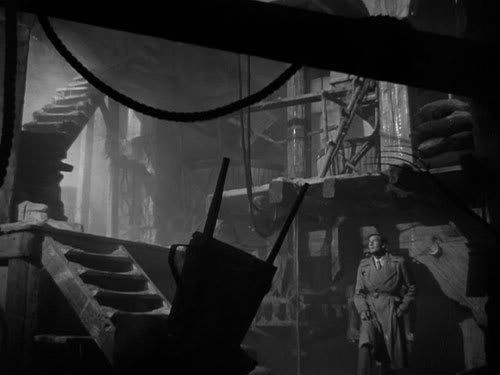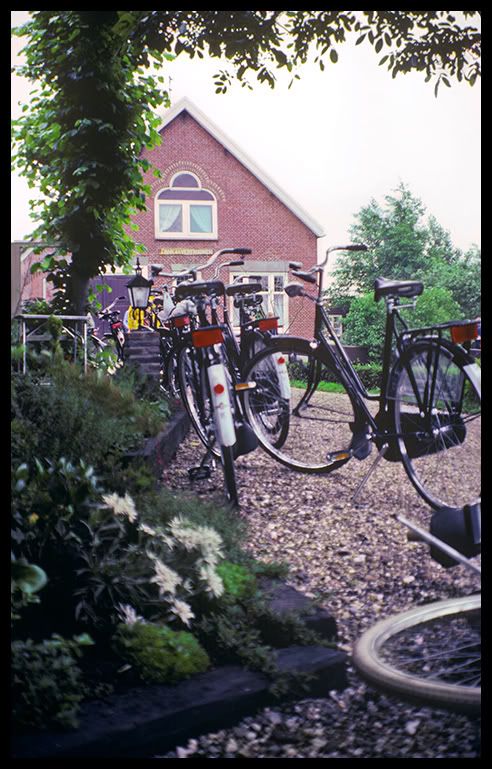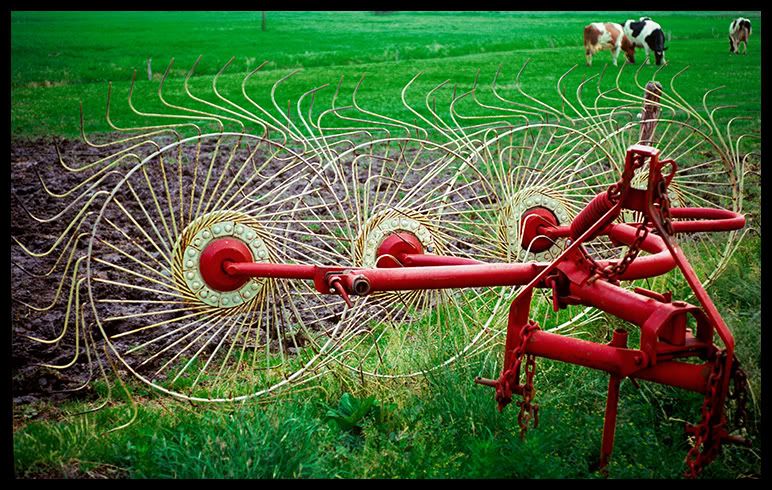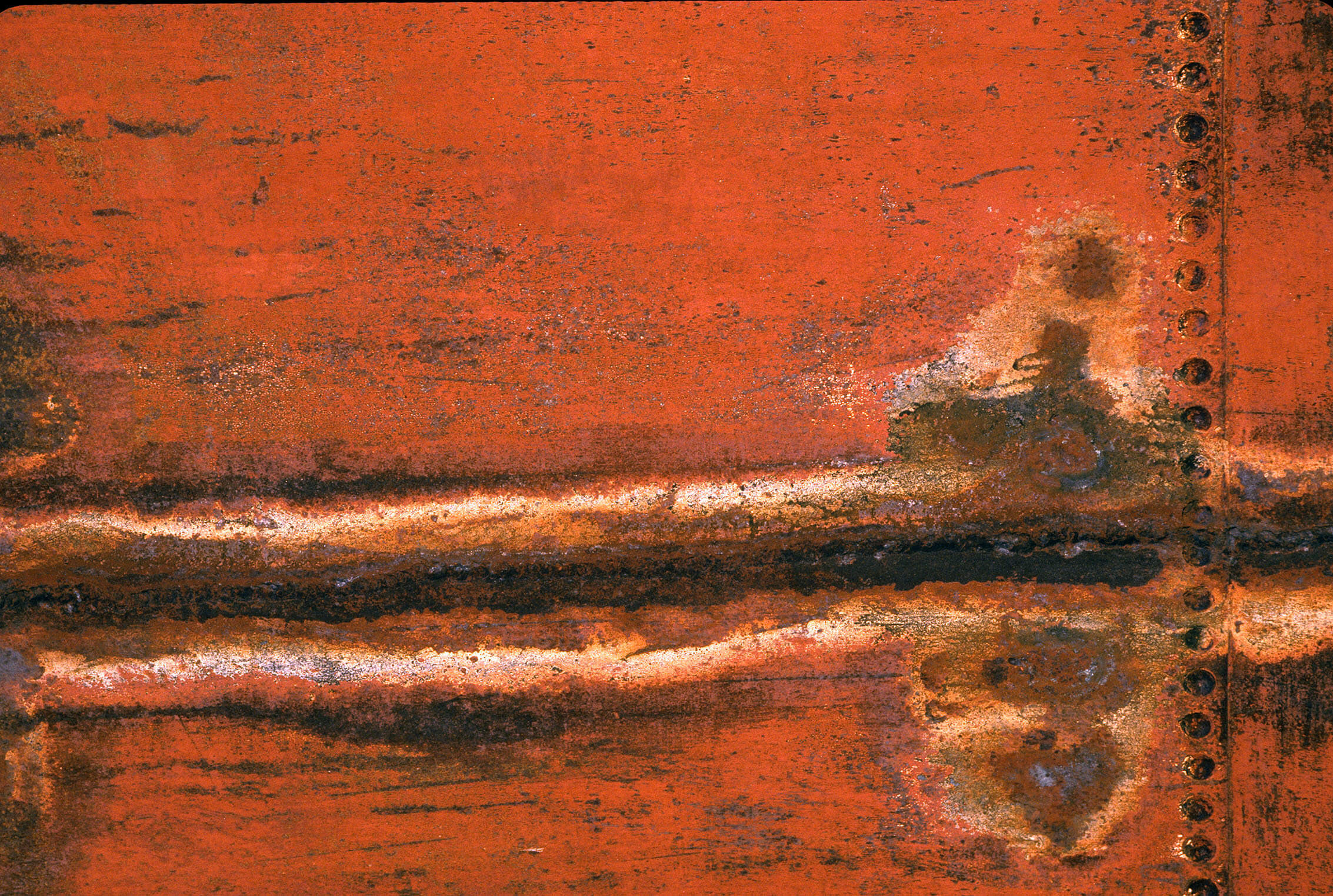
There Used To Be A Ballpark Right Here
And there used to be a ballpark
Where the field was warm and green
And the people played their crazy game
With a joy I’d never seen.
And the air was such a wonder
From the hot dogs and the beer
Yes, there used a ballpark, right here.

Born from the design table of Gary Allen at Frank L. Hope and Associates, San Diego Stadium opened in August of 1967. Gary Allen came there with experience working under the renown architect Philip Johnson. To the architects of the mid century modern era, designing stadiums as multi function venues made sense. Combining football and baseball use in one facility was a strong selling point in San Diego for the 1965 stadium bond measure. Although no opposing arguments appeared on the ballot, I well remember hearing the debate. “The teams can’t fill stadiums they have already, why should we build them a new one?”

Of all the 1960’s multi use stadiums, San Diego Stadium stands alone architecturally. It opted for a pure, simple yet bold look achieved in poured concrete. Other stadiums of the period did not show nearly the same level of aesthetic consideration. It should be noted the American Institute of Architects Honor award in 1969 was given to San Diego Stadium for outstanding design. This was the first time ever a San Diego structure received an A.I.A national honor award.

The concrete work here is superb. The grandstand is cradled by the ribs of a colonnade that rise to support light fixtures.
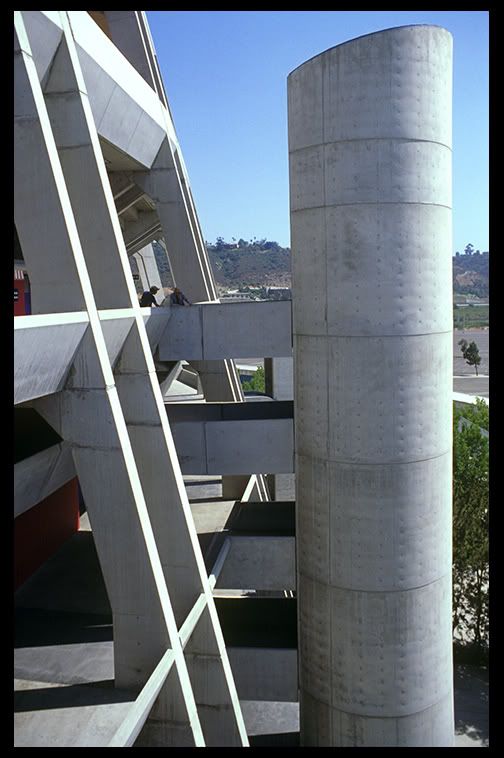
The simplicity perhaps disguises the thought put into this. The slanted colonnade, and top sloping of the elevator column gives a touch of elegance.

It seems the strong smooth gray concrete forms were meant to have an undecorated raw beauty. Extremely bold accent colors in the concourse served as spice and contrast.

It was after all the 1960’s. From London’s Carnaby Street to the Sunset Strip, art, fashion and architecture reapproached uses of color. The smooth poured concrete surfaces find texture relief in the concourse areas with colored square blocks.

A nearly op art looking fence obscures generators and compressors.

Through the years decision makers grew dissatisfied with the bare gray concrete. More and more of the stadium was coated in Chargers blue paint.

The stadium was originally open with a view at the east end. From the grandstands it was most pleasant viewing east mission valley, the mountains, freeway lights and the periodic moon rise. A breeze was mostly gentle and pleasant–although it could be chilly and swirly at times. I remember attending a baseball game that saw a “dust devil” kick up. It whirled and swirled around the grandstand collecting trash and debris before moving onto the baseball diamond. It was a tornado of trash that seemed to purposely pursue one umpire. The players and fans laughed hysterically as the umpire threw up his hands to stop the game and try to escape the determined twister. Finally when it died out and all the trash landed, a crew ran on the field and picked up the mess. A Jack In The Box hamburger wrapper clung to the umpire’s rear quarters for two innings more before another umpire peeled it off to laughter and ovation of the crowd.
The stadium as it looks today is much different than in these photos. The original accent color scheme is gone. The open east end is now enclosed with grandstands. A whole list of problems developed with plumbing, water, toilets, sewer and electrical systems designed to serve 50,000 people having to serve over 70,000. The Chargers are dissatisfied with the size of the press corps facilities, the number of high value luxury suites, the size of the locker rooms and trainer’s facilities, and many other issues.
But it is hard to see losing this fine example of a public mid century modern work as justified for the reasons mentioned. Existing trends, however, do not favor the stadium’s future. Steinbrenner’s NY Yankees, tor example, are intent on abandoning hallowed grounds–“The House That Ruth Built.” Extremely wealthy franchise owners have an expectation for municipalities to ask “how high?” when they say “jump.” It is fair to examine how the pouring of over $60 million dollars into renovations of San Diego Stadium in 1997 failed to satisfy the NFL and team owners. The drumbeat for a new facility has been ongoing for years now. That $60 million dollars doesn’t seem to have bought the taxpayers and sports fans much time on the calendar. The facility is only 40 years old. And only 10 years removed from massive remodeling.
It certainly seems San Diego Stadium–aka Jack Murphy, Qualcomm Stadium–is nearing an end. If this venue is lost someone will surely play the old Frank Sinatra song, There Used To Be A Ballpark Right Here.













